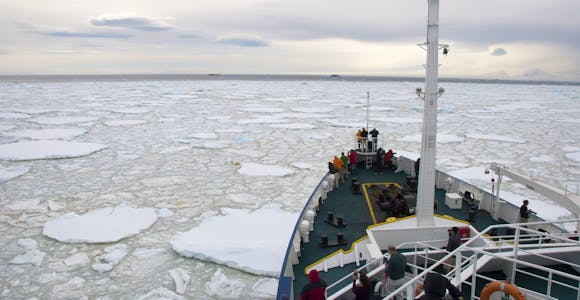
Svalbard Cruises
North of the Arctic Circle and halfway between Norway and the North Pole, Svalbard’s dramatic coastline and fjords are largely ice-free during high summer providing incredible …
Discover MoreSpecial Offers Available: Swoop has access to the widest range of offers and can help you find the right trip, cabin, & price.
Expert impartial advice at no extra cost: no-nonsense advice on 500 voyages across 25 ships
The Arctic Experts. No Compromises: there’s no question we can’t answer
The only B Corp certified Arctic specialist: so your adventures can be a force for good
A full concierge service, unlike booking direct: we leave nothing to chance in delivering your perfect trip
.jpg?auto=format,enhance,compress&fit=crop&crop=entropy,faces,focalpoint&w=1880&h=740&q=30)
Deep inside the Arctic Circle and only 500 miles from the North Pole at its most northerly point, the Svalbard archipelago offers a truly Arctic experience at the edge of the inhabitable world.
One of the Arctic Regions ‘wildlife hotspots’, alongside around 3,000 polar bears and the indigenous Svalbard reindeer, during the summer months arctic fox, walrus, seals and whales can be seen.
Activity peaks during high summer when the island plays host to a coterie of migratory wildlife, including millions of birds who come to breed on Svalbard’s famous bird cliffs.
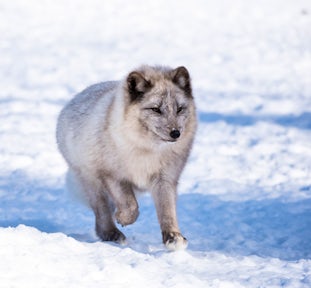
In spite of its northerly latitude and proximity to the North Pole, Svalbard has a mild climate due to the moderating influence of the Northern Atlantic gulf stream.
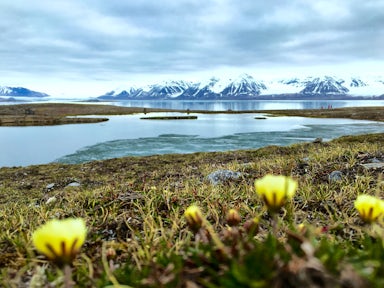
Flowers on the beach in Svalbard
Svalbard’s landscape is marked by its variety and the stark contrast between the different areas of the archipelago. Spitsbergen’s west coast has dramatic fjords and mountains rearing to over 1,000m/ 3,280 ft rising from sea level, while other parts of Svalbard tend to be more wide and open.
60% of the landmass is covered in ice, less than 10% has any vegetation, and trees are totally absent. Nearly two thirds of Svalbard is protected and consists of several nature reserves, national parks and bird sanctuaries. An advantage of it being so off the beaten track is that the majority of the land is still pristine and unsullied by either roads or other human activity.
.jpg?auto=format,enhance,compress&fit=crop&crop=entropy,faces,focalpoint&w=0&h=288&q=60)
The stunning mountains and glaciers of Svalbard

North of the Arctic Circle and halfway between Norway and the North Pole, Svalbard’s dramatic coastline and fjords are largely ice-free during high summer providing incredible …
Discover More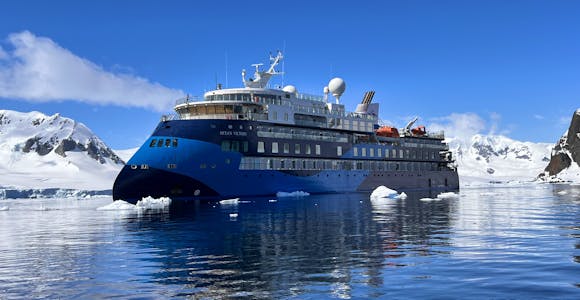
In the absence of hotels and infrastructure once you depart Longyearbyen, an expedition ship offers the best means to explore Svalbard's ragged coastline, while acting as both your…
Discover More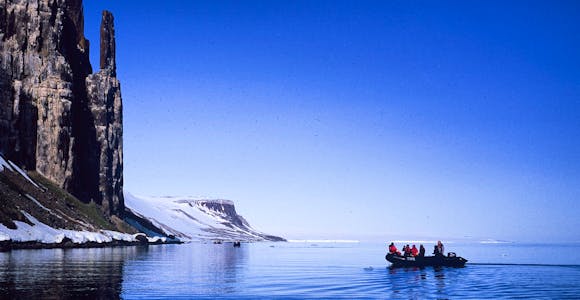
Expedition cruising is all about active exploration - trekking the arctic tundra, watching for wildlife, studying Svalbard’s history or sailing through sea ice, and accompanied …
Discover MoreThere are many trips to Svalbard to choose from, varying in length and route as well as size and style of ship. Why not contact us for more options?
Special Offers:Swoop has access to the widest range of offers and can help you find the right trip, cabin, & price.

Travelling at the height of summer, this trip is the longest of any Svalbard cruise and offers the best possible conditions for thrilling wildlife encounters. Your circumnavigation of Spitsbergen includes huge glaciers, epic bird cliffs and ice-choked channels. Plus, there's…
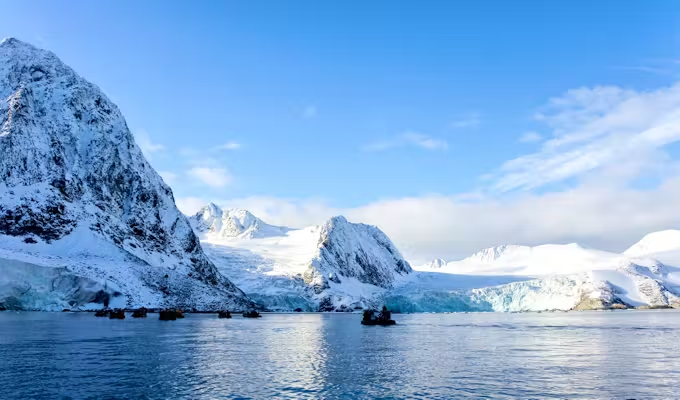
Explore the fjords and ice of Svalbard keeping a close watch for polar bears onboard a choice of three truly exceptional small expedition ships. Spend time on deck, on land and in zodiacs with the hugely experienced guides learning about…

This popular introduction to Svalbard is keenly priced and, with numerous early season departures, guarantees plenty of ice. Sail onboard one of the newest ships in polar waters and spot bears from the plentiful deck space. Optional kayaking and hiking…
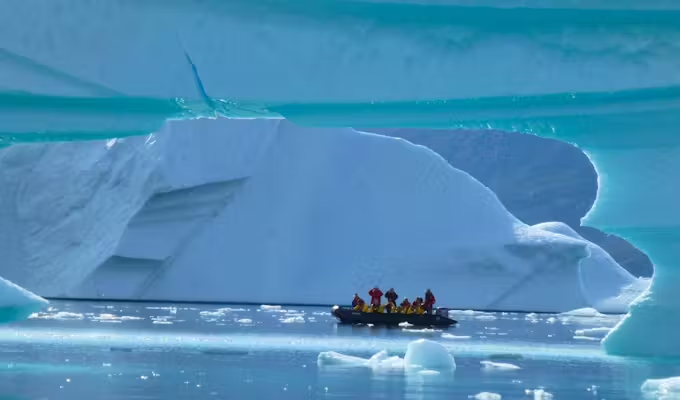
Introductions to the High Arctic don’t come much better. Traverse wildlife-rich Svalbard via East Greenland’s towering icebergs and autumnal tundra, then continue on to Iceland. Aurora sightings are possible at any point.…
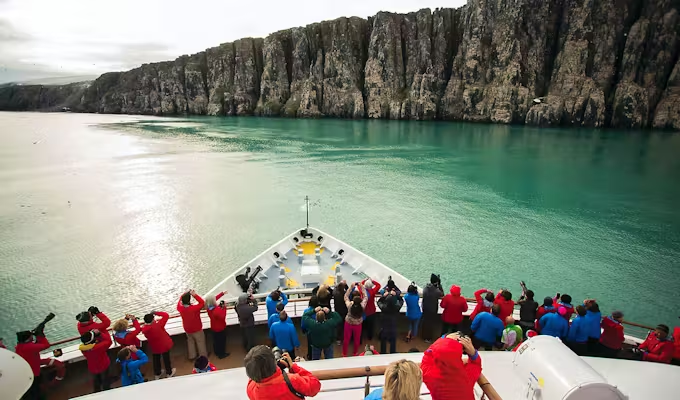
Sail to Svalbard aboard a sleek, elegant and all-inclusive expedition vessel in serious comfort. Not to be confused with a cruise, this is definitely an expedition with daily landings and a serious emphasis on wildlife sightings and experiencing the real…
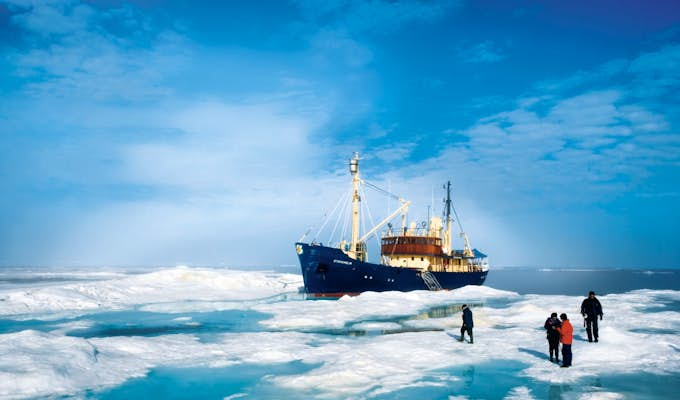
Circumnavigate Spitsbergen on board a choice of three small ships and in the company of specialist guides. Travelling in such small groups allows you more time to explore, and some late-season departures benefit from stunning autumn light. Ask about special…
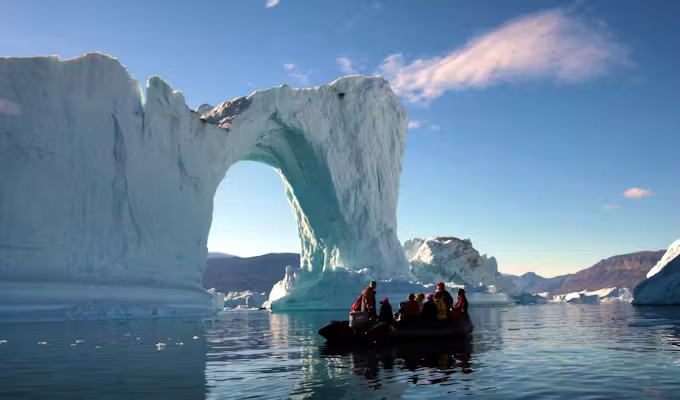
Beginning deep inside the High Arctic and finishing in subarctic Iceland, we like this voyage for its diversity, sense of journey and extended time exploring East Greenland. Zodiac cruising among towering icebergs, glimpsing the Northern Lights and tracking musk oxen…

Maximise wildlife sightings with the chance to circumnavigate Spitsbergen island. Search for walrus, arctic fox, whales and of course the ‘King of The Arctic'. Sail through the Hinlopen Strait and visit abandoned trapping stations and experience glaciers up close all…
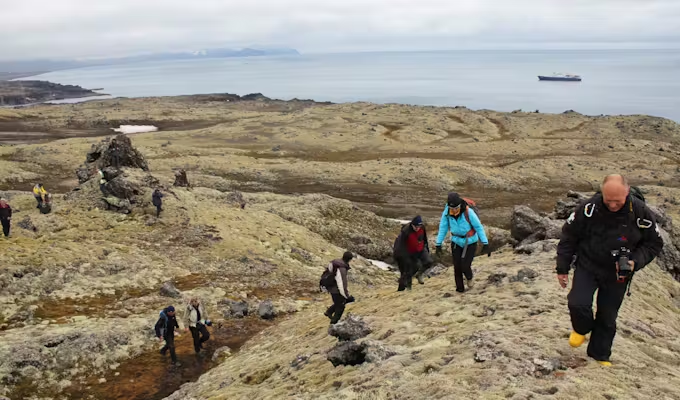
Setting sail from Scotland, this iconic journey island hops its way northwards before bisecting the Arctic Circle and spending time exploring the captivating Arctic archipelago of Svalbard. The little-visited islands of Fair Isle and Jan Mayen are a real treat,…
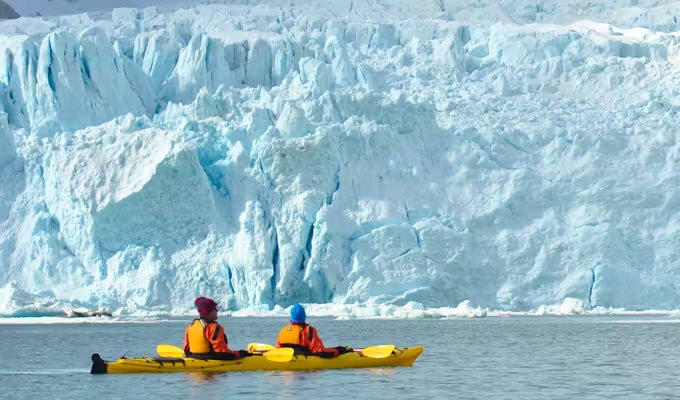
Using the ship as your comfortable ‘basecamp’ and travelling slower to enable more time for exploring each location – on foot, by kayak and through the lens of your camera – this is an ideal trip for the active traveller seeking quality…
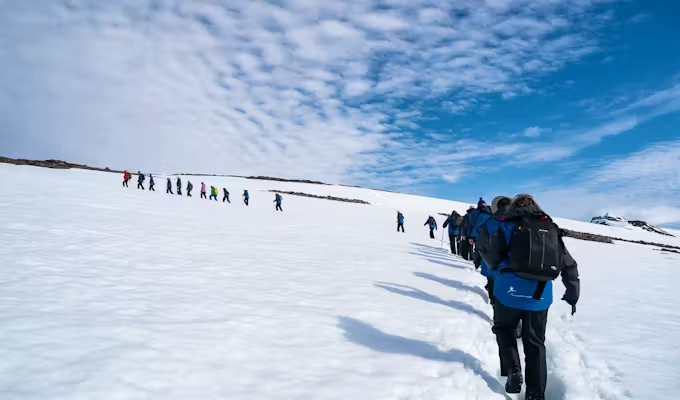
Delivering a whopping 12 full days of exploration under the midnight sun, this voyage appeals to both wildlife enthusiasts keen to boost their chances of sighting Svalbard’s captivating fauna and the slow traveller who wants to get under the skin…
Svalbard is first mentioned in Icelandic texts in the 12th century, yet it was Dutchman Willem Barentsz who officially discovered the archipelago in 1596 while searching for the Northeast Passage.
Whaling: News of healthy whale and walrus populations soon got out following Barentsz’ discovery, triggering the first ‘oil rush’. The strong European demand lasted from approximately 1600-1750 and took bowheads whales to the brink of extinction.
Trappers: Russian Pomors from the White Sea area followed the whalers. Hardy to Arctic conditions, they exploited the winter furs of arctic fox and polar bears from the early 18th century to the mid-1800s. The 71 remains of the trapping stations are the most visible traces of that period.
.jpg?auto=format,enhance,compress&fit=crop&crop=entropy,faces,focalpoint&w=0&h=288&q=60)
Explore abandoned outposts on the tundra
Explorers: The remains of former expeditions are some of Svalbard's most famous cultural heritage sites. Of the 35 sites, of particular interest are the bases from where early explorers set out to attempt to reach the North Pole. Remains from the various balloon expeditions can still be visited, while the 1926 mooring mast for Amundsen, Ellsworth and Nobile’s semi-rigid airship Norge still stands at Ny-Alesund.
Mining: Not even Svalbard’s remote location left it immune from coal miners during the demands of the industrial revolution. Heavy setup costs and the short operating season caused many projects to fail, leaving impressively sized installations still very much visible. A few mines still operate today.
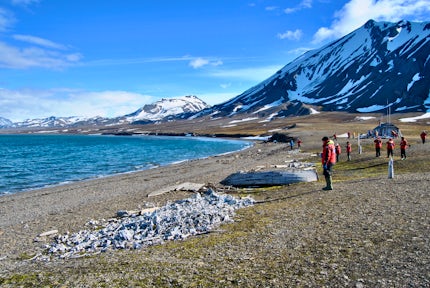
Svalbard coastline
The extraordinary light on Svalbard can be categorised into 3 phases, as the year progresses:
Solfestuka marks the return of the sun after the dark winter is celebrated. The whole town gathers on the steps of the old hospital at 12:15 to await the first rays peeping over the mountains.

Fish drying out of reach of dogs and bears, Longyearbyen
Most memorable moment: watching a polar bear rather close from a zodiac for over an hour eating eggs from eider nests, walking around, finally going into the ocean and swimming away. Read the full review
Travelled: June 2022
Anna-Karin Hjalmarsson - Sweden
It was just wonderful. The small ship, the guides, the food, excursions, scenery. Magical. Read the full review
Travelled: June 2022
Pamela White - UK
It was very interesting to spend some time in Svalbard both before and after our expedition. Read the full review
Travelled: July 2019
Stewart Adams - United Kingdom
The most unique part of the journey had to be the 24 hour of daylight. You have to experience it first hand before you can describe it. Read the full review
Travelled: June 2019
Steve Liu - United States of America
I am very happy with all aspects of Swoop's help, support and involvement in this voyage. Read the full review
Travelled: June 2019
Steve Liu - United States of America
It was amazing – probably the most beautiful place on the planet! Read the full review
Travelled: June 2019
Ann King - United Kingdom
I will tell my grandchildren that we had a barbeque on the front upper deck and got to 82 degrees north! Read the full review
Travelled: July 2018
Dianne & Jim Spry - United Kingdom
The best moments was getting in the Zodiacs, not once but twice a day. Read the full review
Travelled: July 2018
Dianne & Jim Spry - United Kingdom
Kayaking in the thick brash ice by a big glacier, on a beautiful sunny day was a highlight....but then again, so was when the walrus popped its head up out of the water right in front of me when in the zodiac! Read the full review
Travelled: June 2018
Leslie & Nancy Steenbeke (Grossman) - United States Of America
Review:
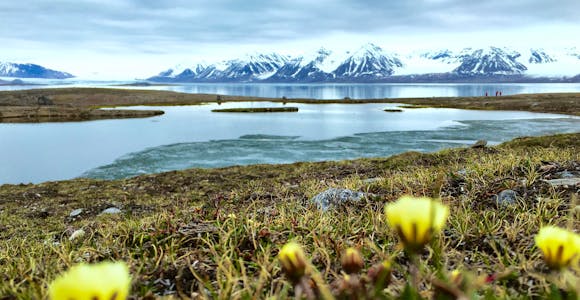
While Svalbard may be an almost year round destination, the changing weather, number of daylight hours, amount of ice and snow conditions through the year all have a marked effect …
Discover More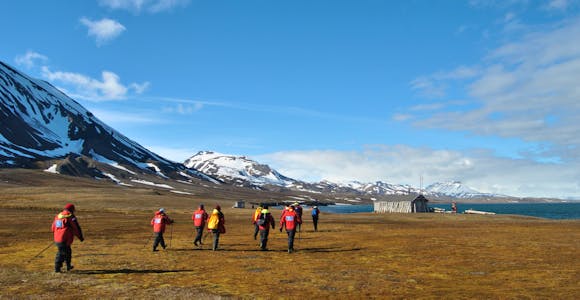
Svalbard is geographically closer to the North Pole than to Norway. Surprising then, that getting there is quite so straightforward, with regular flights from Norway to …
Discover More_(3).jpg?auto=format,enhance,compress&fit=crop&crop=entropy,faces,focalpoint&w=580&h=300)
The largest and only permanently populated of Svalbard’s islands, Spitsbergen is where all the activity and life happens. The beating heart of Spitsbergen itself is the town of …
Discover More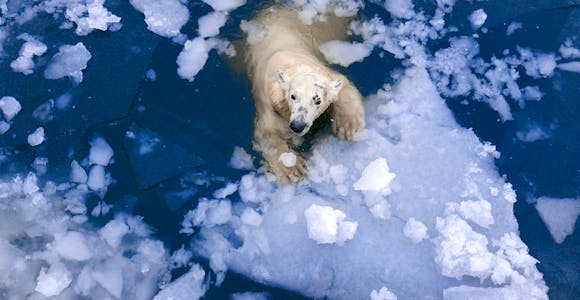
At the height of summer when wildlife populations and activity are peaking on Svalbard, there are few other parts of the Arctic which offer the same combination of easy access and …
Discover MoreThe Arctic is so vast and diverse that one of the biggest challenges is knowing where to begin. Our exclusive guide will help you get started with your travel plans.
We'll spend some time listening to your aspirations, then discuss the kind of experience that might suit you.
Next we'll discuss the options, shortlist the best trips for you and present you our impartial recommendations.
We'll place a 24 hour hold on your preferred option - without obligation - whilst we talk through the details.
Our team of experts are ready to help you with any questions about a trip to the Arctic.
This website uses cookies to ensure you get the best experience on our website. Privacy policy
We don’t charge a commission and there are no hidden fees. Just impartial, expert advice from the leading Polar cruise agent. Schedule a call with our Arctic Experts today.